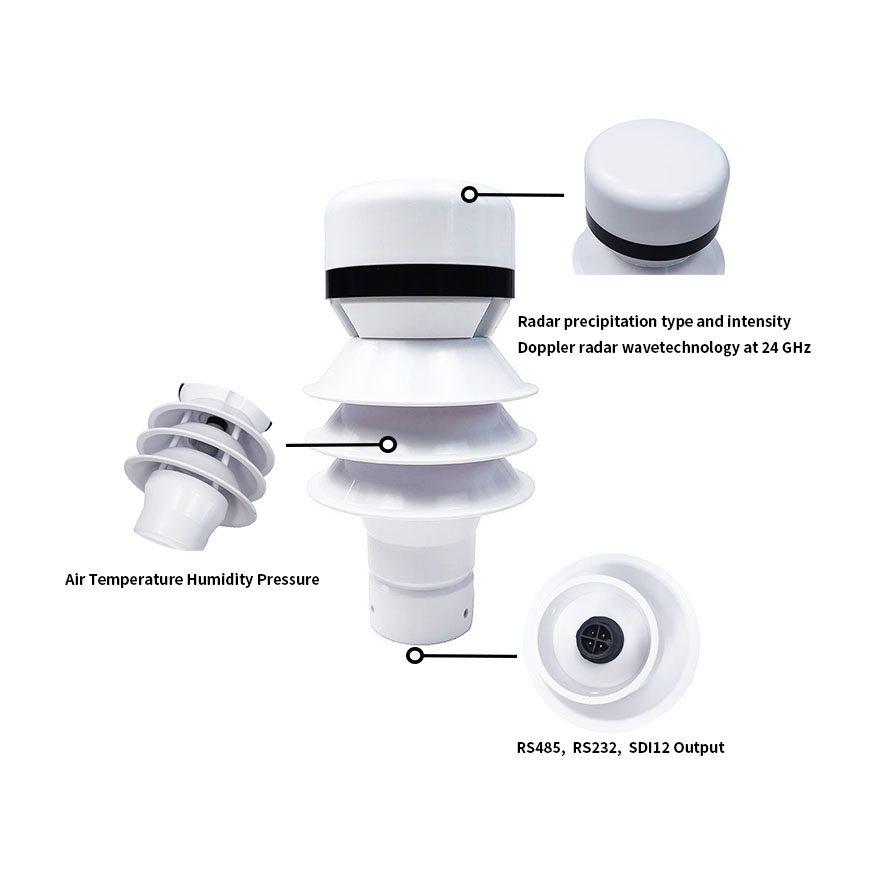In an effort to enhance disaster preparedness and minimize the impact of extreme weather conditions by issuing timely warnings, the Himachal Pradesh government plans to install 48 automatic weather stations across the state to provide early warning of rainfall and heavy rainfall.
Over the past few years, Himachal Pradesh has been grappling with harsh weather, especially during the monsoon season.
This is part of a memorandum signed between the state government and the India Meteorological Department (IMD) in the presence of Chief Minister Sukhwinder Singh Suhu.
Officials said that under the agreement, initially 48 automatic weather stations will be installed across the state to provide real-time data to improve forecasting and disaster preparedness, especially in sectors such as agriculture and horticulture. Later, the network will be gradually expanded to the block level. There are currently 22 automatic weather stations established by the IMD.
This year, 288 people died during the monsoon season, including 23 due to heavy rains and eight due to flash floods. Last year’s monsoon disaster killed more than 500 people in the state.
According to the State Disaster Management Authority (SDMA), Himachal Pradesh has suffered losses worth over Rs 1,300 crore since the onset of monsoon this year.
CM Suhu said the network of weather stations will significantly improve the management of natural disasters such as excessive rainfall, flash floods, snowfall and heavy rainfall by improving early warning systems and emergency response capabilities.
In addition, the state government has agreed with the French Development Agency (AFD) to allocate Rs 890 crore for comprehensive projects to reduce risks of natural disasters and climate change.
“This project will help the state move towards a more resilient disaster management system, with a focus on strengthening infrastructure, governance and institutional capacity,” Suhu said.
The funds will be used to strengthen the Himachal Pradesh State Disaster Management Authority (HPSDMA), District Disaster Management Authority (DDMA) and state and district emergency operations centers (EOCs), he said. Other efforts include conducting climate change vulnerability assessment (CCVA) at the village level and developing early warning systems (EWS) for various natural disasters.
Additionally, besides constructing a helipad to strengthen disaster response, a National Institute of Disaster Management and a new State Disaster Response Force (SDRF) will be established to strengthen local disaster management efforts.
Post time: Oct-18-2024


